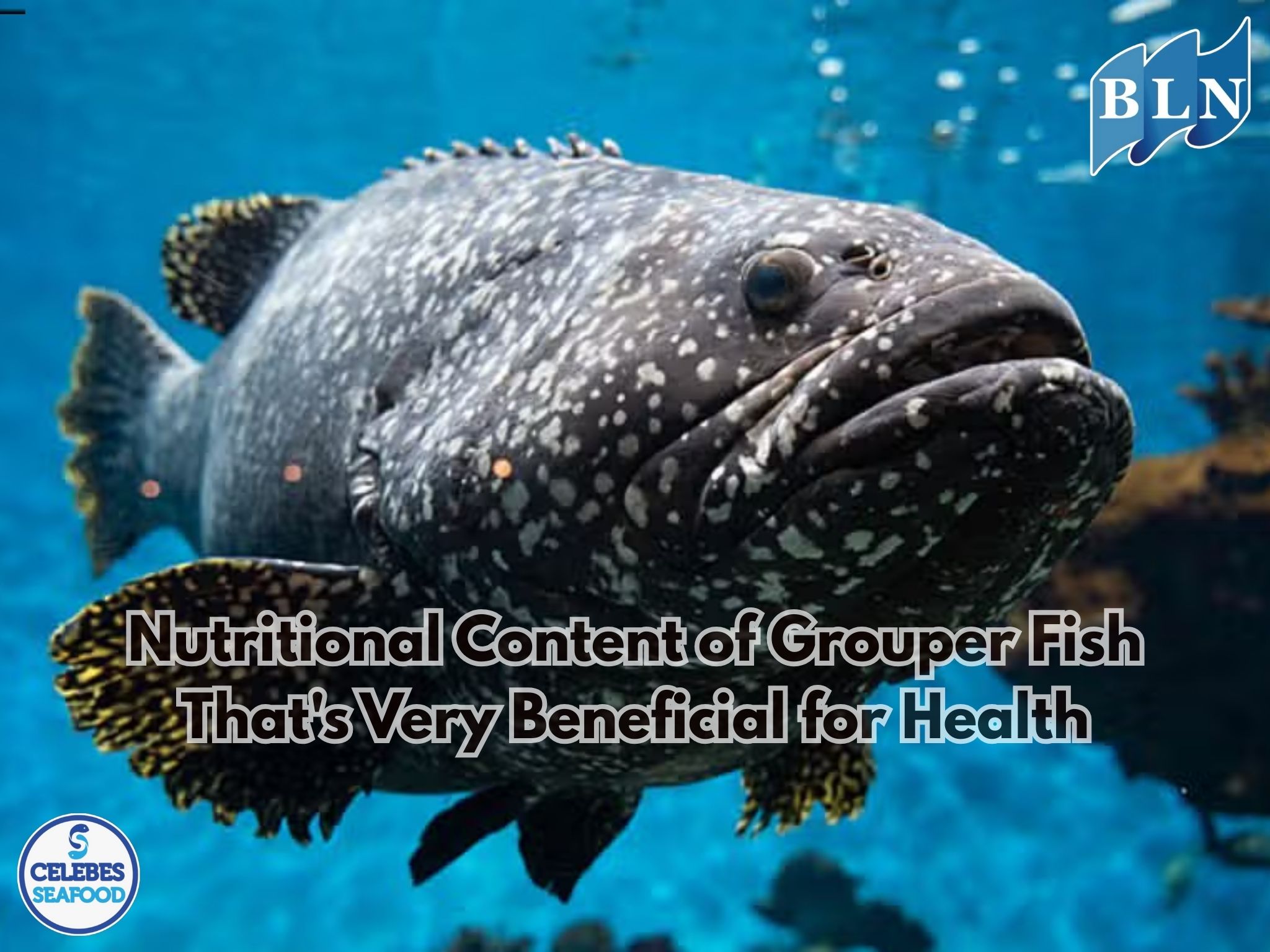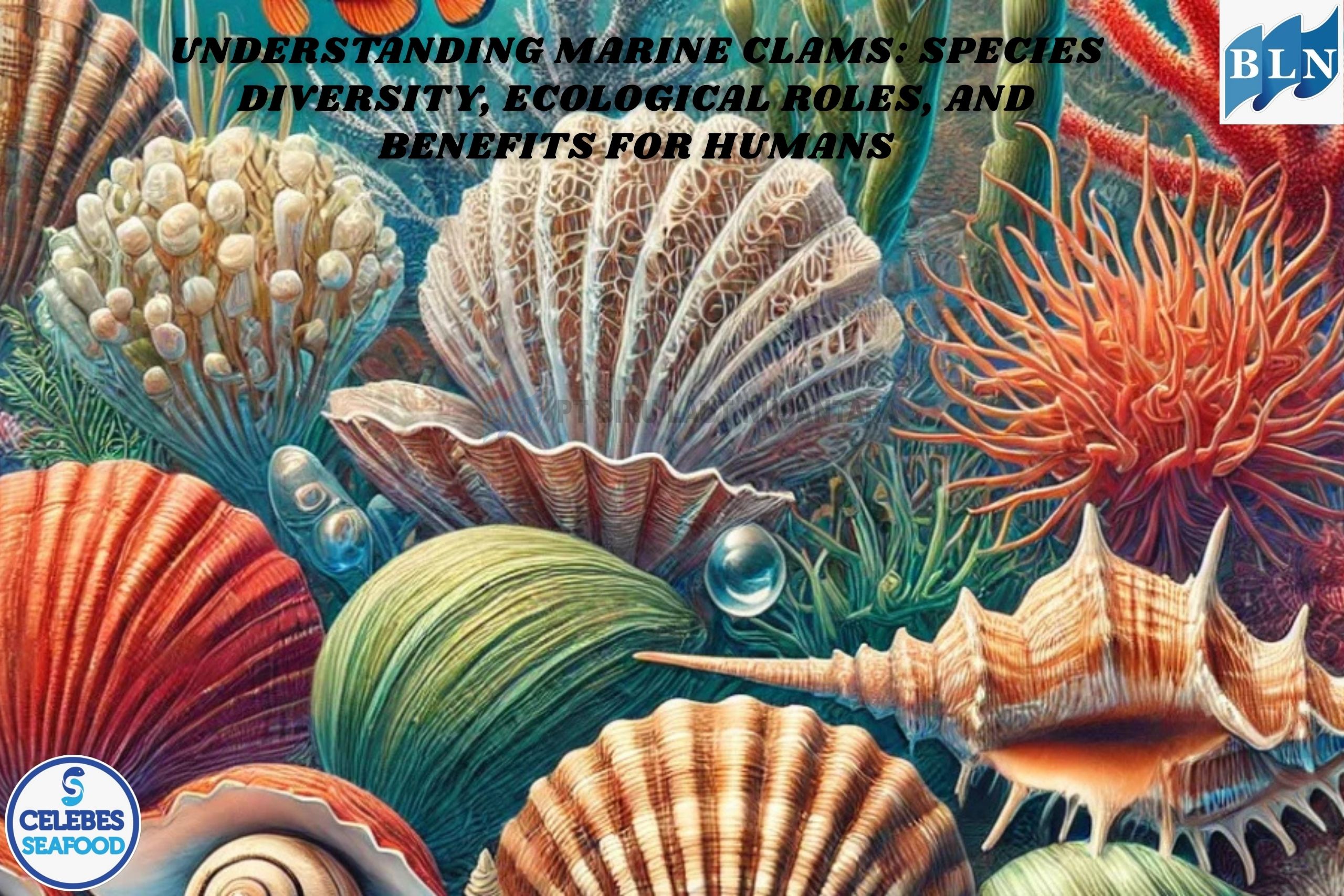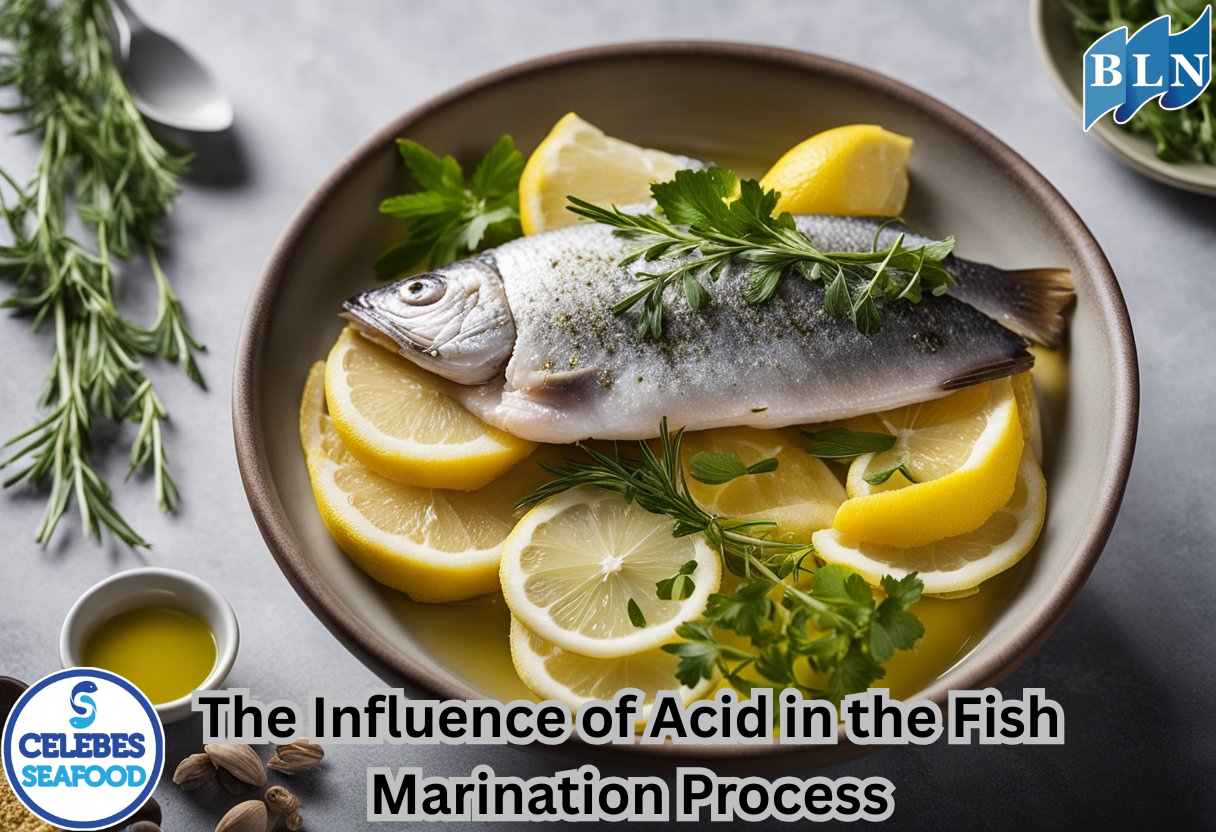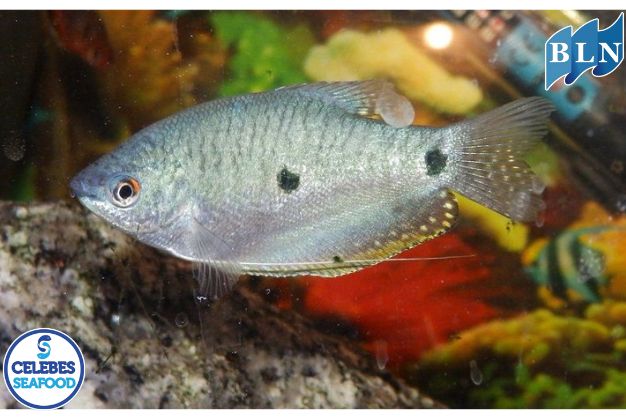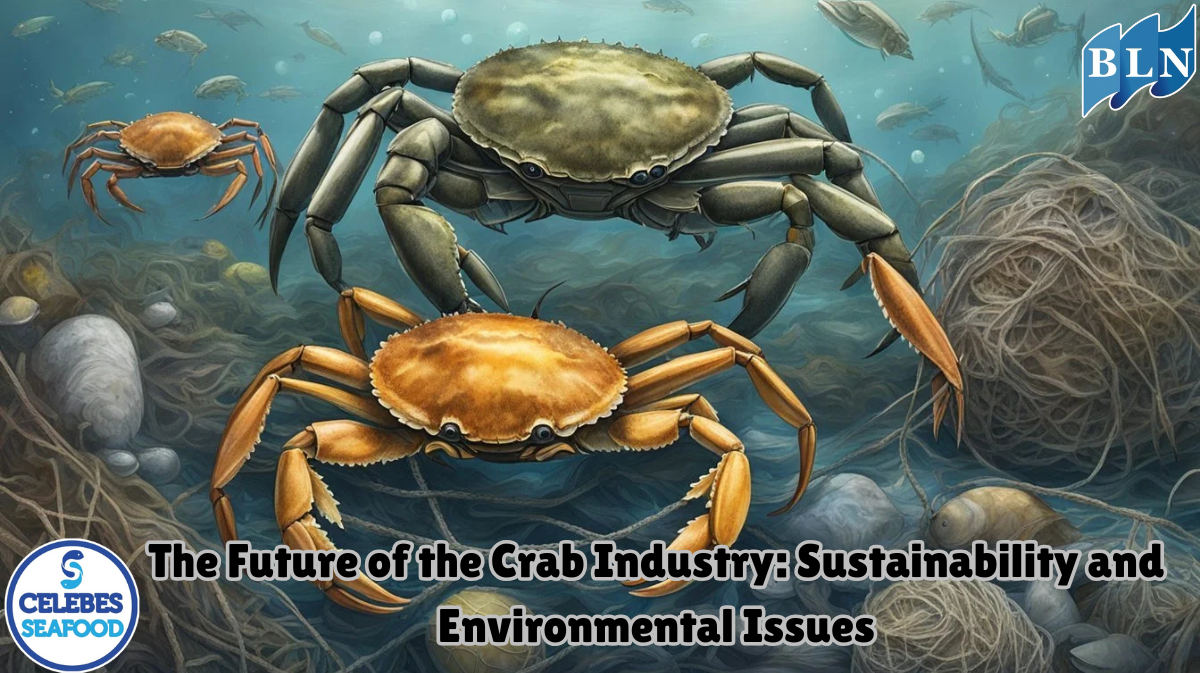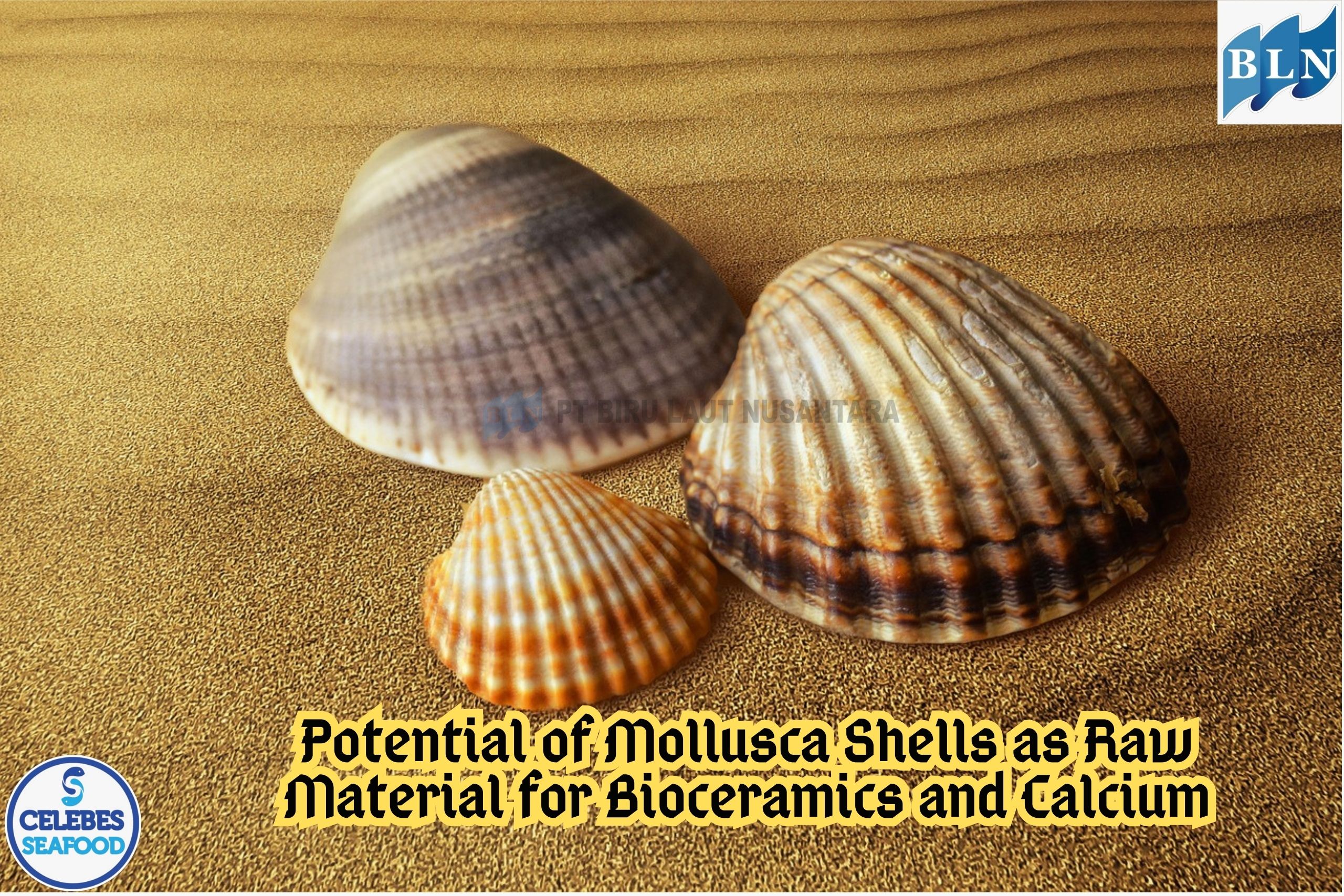Effective K3 Implementation to Prevent Accidents in Fish Processing Plants
By. Azizah - 20 Jan 2025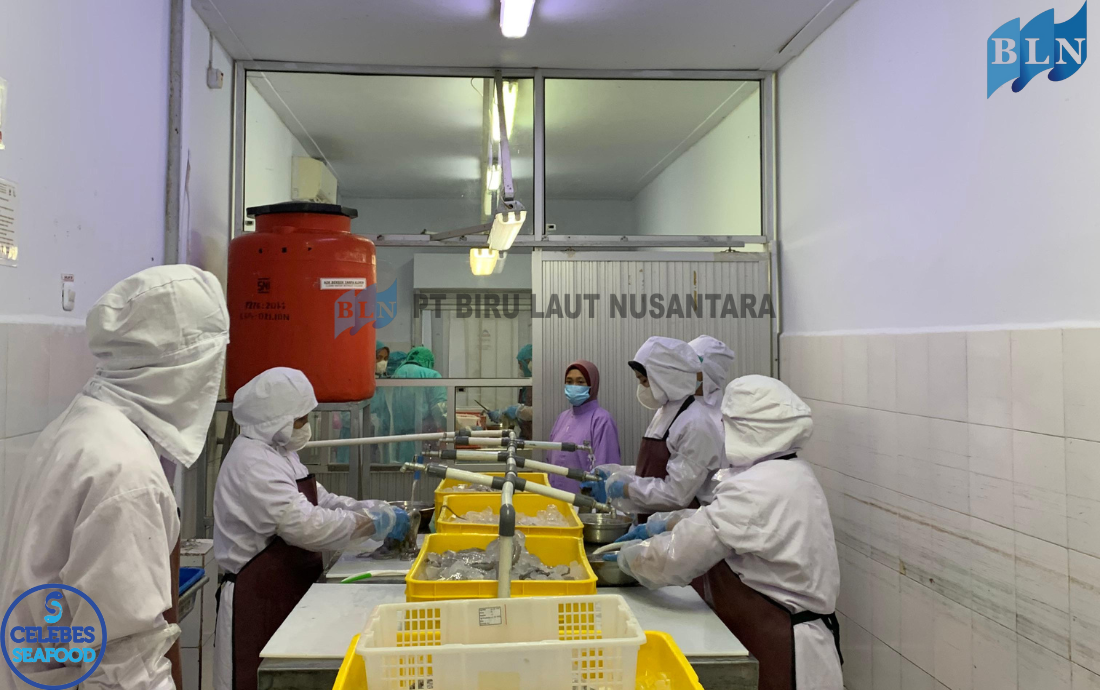
lautnusantara.com Fish processing plants are essential components of the seafood industry, where safety is paramount to ensure both worker well-being and operational efficiency. The implementation of effective Occupational Health and Safety (K3) measures in these facilities not only prevents accidents but also promotes a productive work environment. Below, we outline key strategies for achieving this goal.
1. Understanding Workplace Hazards
Fish processing plants present unique hazards, such as:
- Slippery floors: Water and fish residue can create slipping hazards.
- Sharp equipment: Knives and cutting machinery pose risks of lacerations.
- Cold environments: Prolonged exposure to low temperatures can cause health issues.
- Chemical exposure: Cleaning agents and other chemicals may harm workers if mishandled.
Identifying and assessing these risks is the first step toward accident prevention.
Read Also : Storage Guide for Tomato Cod: Keeping It Fresh Longer
2. Implementing Preventive Measures
To mitigate risks, companies should implement the following measures:
- Training Programs: Conduct regular K3 training to educate workers on safety practices, proper equipment use, and emergency procedures.
- Personal Protective Equipment (PPE): Provide appropriate PPE such as non-slip boots, gloves, and thermal clothing.
- Maintenance of Equipment: Schedule routine inspections and maintenance of machinery to ensure safe operation.
- Ergonomic Workstations: Design workstations to minimize strain and improve comfort for workers.
Read Also : 5 Examples of Animal Food Ingredients and Their Nutritional Content
3. Developing a Safety Culture
A safety-oriented workplace culture is vital for effective K3 implementation. Management should:
- Encourage Reporting: Create a system for workers to report hazards or incidents without fear of reprisal.
- Lead by Example: Supervisors and leaders must adhere to and promote safety protocols.
- Reward Compliance: Recognize and reward teams that demonstrate excellent safety practices.
4. Emergency Preparedness
Accidents can still occur despite preventive measures. Preparedness includes:
- First Aid Training: Ensure a sufficient number of workers are trained in basic first aid.
- Emergency Drills: Conduct regular evacuation and emergency response drills.
- Accessible Equipment: Place fire extinguishers, first aid kits, and emergency exits in easily accessible locations.
5. Regular Monitoring and Evaluation
Continuous improvement is key to maintaining an effective K3 system. Regularly:
- Audit Safety Practices: Evaluate the implementation of safety protocols.
- Review Incident Reports: Analyze accidents and near-misses to identify areas for improvement.
- Update Policies: Revise safety measures to address new risks or regulatory changes.
By prioritizing K3 practices, fish processing plants can significantly reduce workplace accidents and enhance overall productivity. A safe work environment benefits not only employees but also contributes to the company's reputation and operational efficiency.
Read Also : Here Are The Potential and Challenges of Octopus In South Sulawesi
